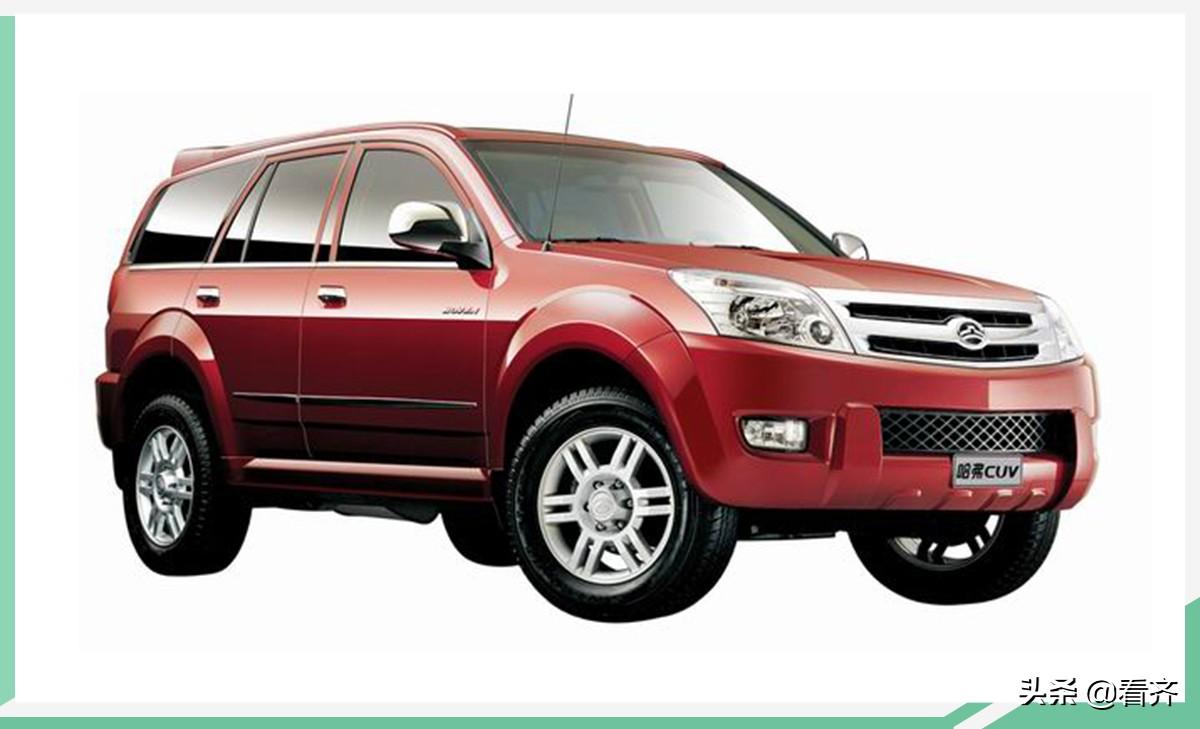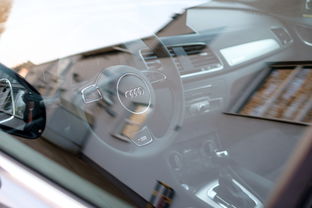汽车品牌英文及图标,历史、设计意义与全球影响力
摘要:本文介绍了某汽车品牌的英文名字及其独特的图标设计,同时探讨了品牌的历史背景、设计意义以及全球影响力。该品牌拥有悠久的历史和深厚的文化底蕴,其设计代表着品牌的核心价值和精神面貌。在全球市场上,该品牌以其卓越的产品性能、创新技术和卓越的设计赢得了广泛的认可和赞誉。其影响力不仅体现在汽车制造领域,还涉及到文化、生活方式等多个领域,成为全球最具代表性的汽车品牌之一。
在汽车工业的长河中,品牌与它们的英文名字及图标成为了无数消费者识别与信任的标识,这些品牌不仅仅代表了汽车的技术与性能,其名字与图标的设计更是体现了品牌的文化底蕴、设计理念及市场定位,本文将探讨汽车品牌英文及图标背后的故事、设计意义以及在全球的影响力。
品牌英文名字的历史与含义
每个汽车品牌的英文名字都承载了丰富的历史与文化内涵,以丰田(Toyota)为例,其名字源于日本的一个古老词汇“丰”和“东”,寓意着繁荣和东方智慧的结合,类似的,宝马(BMW)的名字来源于其创始人对于航空事业的热爱,“巴伐利亚机械制造厂”(BFW)逐渐演变为享誉世界的汽车品牌标志,其他一些品牌如奔驰(Mercedes-Benz)、大众(Volkswagen)、福特(Ford)、雪佛兰(Chevrolet)等,它们的名字背后都有着深厚的历史积淀和独特的含义。
品牌图标的设计意义
汽车品牌的图标不仅是品牌的象征,更是品牌理念的视觉化表达,奔驰的三叉星标志代表着公司追求卓越、不断前进的企业精神;宝马的蓝白相间的螺旋桨代表着其航空事业的起源和不断突破的精神;奥迪的四环标志象征着四个汽车制造公司的联合,代表着团结与合作,像路虎的“跳跃的雄狮”、保时捷的“跃动的马”等图标,都体现了品牌对于速度与力量的追求,这些图标设计简洁明了,寓意深远,给人留下深刻的印象。

全球影响力
随着全球化的进程,汽车品牌及其英文名字和图标在全球范围内产生了巨大的影响,这些品牌不仅仅代表了汽车技术的进步,更是代表了现代工业文明的发展,无论是繁华的都市还是偏远的乡村,无论是东方还是西方,这些品牌的汽车几乎无处不在,它们成为了人们日常生活中的重要部分,也成为了人们追求美好生活的象征。
品牌英文及图标在市场营销中的作用
在汽车市场营销中,品牌的英文名字和图标起到了至关重要的作用,它们不仅是品牌的标识,更是消费者识别与信任的基础,在竞争激烈的市场环境中,一个易于记忆、寓意深刻的品牌名字和图标能够迅速抓住消费者的注意力,提高品牌的知名度和美誉度,品牌的英文名字和图标也是品牌承诺和价值的载体,它们代表着品牌的产品质量、服务理念和品牌价值,为消费者提供购买决策的依据。
汽车品牌的英文名字及图标是品牌文化、设计理念和市场定位的重要体现,它们承载着品牌的历史与文化内涵,寓意着品牌的精神和价值观,在全球化的背景下,这些品牌及其英文名字和图标在全球范围内产生了巨大的影响,成为了人们生活中的重要部分,在汽车市场营销中,品牌的英文名字和图标起到了至关重要的作用,它们能够提高品牌的知名度和美誉度,为消费者提供购买决策的依据,随着汽车工业的不断发展,品牌的英文名字和图标将继续演变和创新,以适应市场的变化和满足消费者的需求。
Automobile brands have long been synonymous with the pinnacle of engineering prowess and technological innovation. They embody the very essence of human ingenuity and the pursuit of progress. From the sleek curves of Ferrari to the robust lines of Volkswagen, each car brand has its own distinct style, symbolizing a different facet of the automobile industry. This article explores the evolution of automotive brand identities, their logos, and their impact on global markets.
At the dawn of the 20th century, cars were more than just vehicles; they were symbols of power, status, and freedom. The American brand General Motors (GM), for instance, was founded by Henry Ford in 1908 as a means to mass-produce luxury vehicles. Its iconic "F" shaped grille and stylized emblem are still emblazoned on its vehicles today. Similarly, the German brand Mercedes-Benz epitomizes elegance and sophistication, with its iconic three-pointed star logo representing excellence and quality.
As the automobile industry evolved, so did the branding practices of these companies. During the post-war era, the American carmaker Ford began to adopt an aggressive marketing strategy, adopting a "make it easy to buy" philosophy that emphasized affordability and accessibility. This was reflected in its logo, which now stands for "Made in America." Meanwhile, Japanese automakers like Toyota and Honda adopted a design philosophy centered around simplicity and efficiency, resulting in logos that are instantly recognizable even without context.

In the 1980s, car manufacturers started to experiment with new technologies, leading to a shift in brand imagery. The French company Renault, for example, introduced its "R" shaped logo in the 1960s as a visual representation of its revolutionary engine technology. Today, Renault's logo is still associated with high-quality engineering and performance. Similarly, the British brand Jaguar has always prided itself on its luxury and exclusivity, which is reflected in its elegant, ornate logos.
Over time, many car brands have expanded beyond their original core competencies. For instance, General Motors diversified into other industries such as finance and energy with the launch of GM Financial Services and Chevron respectively. As a result, its logo has become synonymous with financial services, while its name has been reimagined as Chevrolet.
In recent years, the rise of social media platforms has given car brands a new level of influence over consumers. Companies like BMW and Mercedes-Benz now leverage their social media presence to engage with customers, share behind-the-scenes stories, and promote new models. These campaigns often feature catchy hashtags and memes that are instantly recognizable and memorable.
The impact of branding extends beyond consumer perception. A well-known car brand can create significant economic value by attracting international investment and creating job opportunities. In turn, this can lead to increased governmental support, which can further enhance the brand's reputation. For instance, when Toyota introduced hybrid technology in the late 1990s, it not only improved fuel efficiency but also helped to reduce emissions, which led to increased government subsidies and favorable tariff rates.
However, the success of a car brand can be threatened by unforeseen events such as natural disasters or political instability. In 2008, the earthquake and tsunami in Japan caused severe damage to Toyota factories and dealerships, resulting in delays and production shortages. The crisis highlighted the vulnerability of global supply chains and forced the brand to adapt quickly to meet changing customer demands and market conditions.
Today, car brands are constantly evolving, adapting to new technologies, changing consumer preferences, and emerging global challenges. Their logos and icons serve as powerful symbols that communicate a brand's identity and promise to customers. Whether they represent luxury, reliability, innovation, or tradition, these symbols have become part of the cultural landscape of modern society. As we move forward into an ever-changing world, the impact of automobile brands will continue to shape our collective experience and shape our future together.
与本文知识相关的文章:



